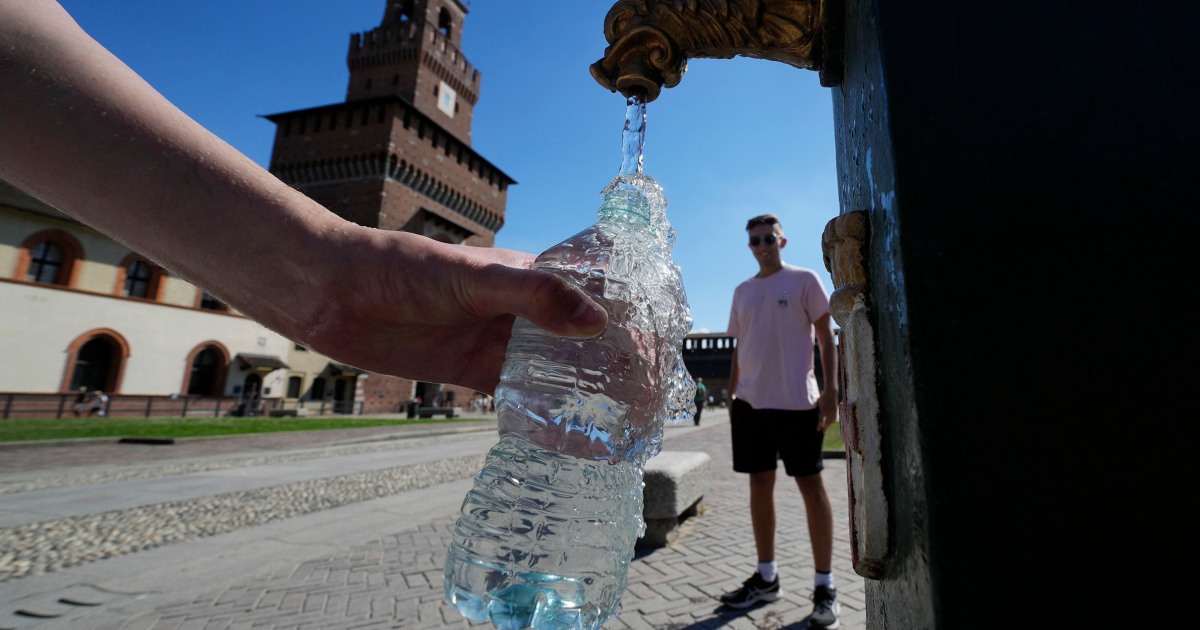The average liter of bottled water has nearly a quarter million invisible pieces of ever so tiny nanoplastics, detected and categorized for the first time by a microscope using dual lasers.
Scientists long figured there were lots of these microscopic plastic pieces, but until researchers at Columbia and Rutgers universities did their calculations they never knew how many or what kind. Looking at five samples each of three common bottled water brands, researchers found particle levels ranged from 110,000 to 400,000 per liter, averaging at around 240,000 according to a study in Monday’s Proceedings of the National Academy of Sciences.
These are particles that are less than a micron in size. There are 25,400 microns — also called micrometers because it is a millionth of a meter — in an inch. A human hair is about 83 microns wide.
Previous studies have looked at slightly bigger microplastics that range from the visible 5 millimeters, less than a quarter of an inch, to one micron. About 10 to 100 times more nanoplastics than microplastics were discovered in bottled water, the study found.



Yes we do, science is better than gut feelings. Repetitive science is also necessary, reconfirming things we know is important, just because we’ve known something for a long time doesn’t mean its correct
Science has proven many times that ingesting microplastics is bad. They even found they can cross the blood brain barrier.
What we need now is to take action to stop this.
The study is about nanoplastics which are bigger. Not that you’re wrong since nanoplastics also cross the blood brain barrier (in fish), we just don’t know if they have any adverse effects on humans yet.
They probably do, but I’m not a biologist. They may have no adverse effects other than piling up at the levels we are currently consuming. The adverse effects are still being studied:
https://www.ncbi.nlm.nih.gov/pmc/articles/PMC9026096/
So to reiterate, there is no proof that the nanoplastics are bad, so we still need studies